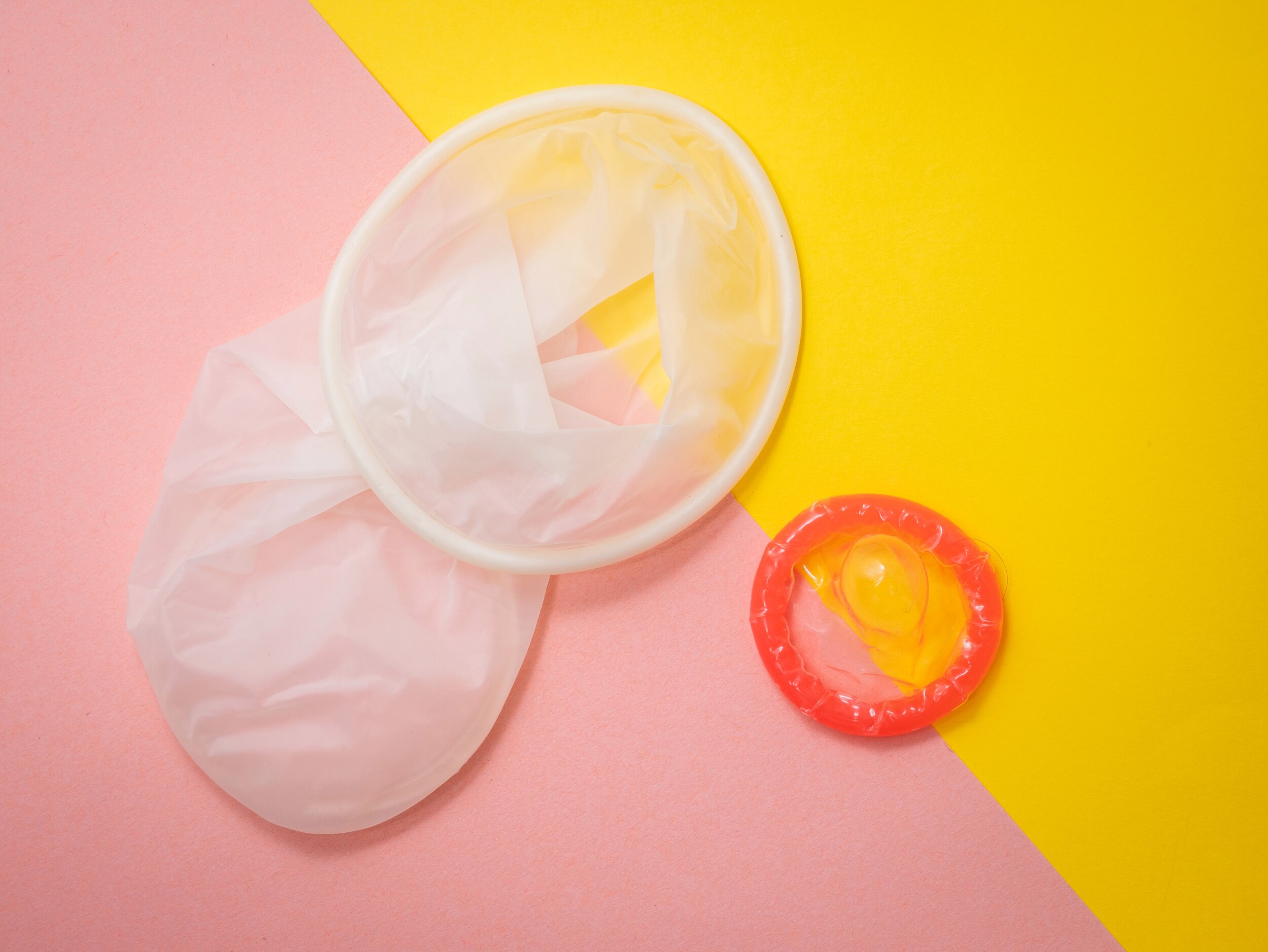Having Sex When You Have a Sexually Transmitted Infection
Despite the efforts that a person can take to avoid sexually transmitted infections by learning how to use protection properly and practicing safe sex, not all STI prevention methods are guaranteed. However, if you have contracted an STI, it’s not the end of the world; with modern medicine, many infections are treatable and those that are not, can be managed with proper medical supervision. Living with an STI is not an impossible feat.
Today, we’re delving into the topic of having safe sex when you or your sexual partner have a sexually transmitted infection.
A sexually transmitted infection doesn’t have to stop you from living
The fact remains, STIs are quite common. They are not an indication of the type of person that you are; that is, having a sexually transmitted infection does not make you a bad person, by any means. If the STI is a treatable one that can be cured with medication, treat it! In the case of infections that cannot be cured indefinitely, with adequate protection, you can still have sex (by following your doctor’s suggestions. More on that below.).
Be honest with your sexual partners
While you don’t have to shout it from the rooftops, or even write it on your dating profile, it’s important to tell your sexual partners that you live with an STI, giving them the option of choosing whether or not to risk potentially getting the same infection. After all, STIs cannot always be prevented by using protection.
Regardless of what aspect of sex two or more people are engaging in, consent is vital on all fronts.
Be aware of STI symptoms and get tested regularly
Be conscious of the STI symptoms that you experience and be aware of flare-ups. With some infections, sex is not advisable when signs are actively showing [i.e, Human papillomavirus (HPV), herpes, and syphilis], as they can be passed from one person to another through skin-to-skin contact.
Generally, folks should also be regularly tested for STIs, whether they’re thinking about sleeping with someone new or have been with the same partner long-term, as some infections can go for years without showing symptoms. Annual tests are a great way to stay on top of your sexual health and prevent giving STIs to your sexual partner(s).
If the doctor advises against sex, hold off
Sure, there are plenty of health benefits of having sex, but these must be put on hold at times during STI flare-ups. When having penetrative or oral sex is not advisable, there other ways to build intimacy without sex. Or, if intimacy isn’t what you’re looking for, there are other ways to initiate sexual activities without having to touch. Sexting and sending nudes are just two of many fantastic methods to consider!
Learn how to use protection properly
The best STI prevention methods involve learning how to use protection properly, since most sexually transmitted infections can be prevented — at least, to some degree — by stopping the transfer of bodily fluids. This includes using external condoms and internal (vaginal) condoms for penetrative sex (including butt play and anal sex), and dental dams for oral sex (like fellatio or cunnilingus). When sharing toys, be sure you’re aware of how to clean your sex toys properly in between uses by different people.
Note: Evidence suggests that circumcision reduces the risk of developing certain sexually transmitted diseases (STIs). This is possibly due to the skin on the penis becoming stronger and less prone to microtears post-circumcision, or the result of germs sitting on the surface of the skin for longer periods.
At the end of the day, sexually transmitted infections can pass along through an unprotected sexual (and sometimes non-sexual) act, even if precautions are taken. It doesn’t matter if it’s after having a one-night stand, during a friends with benefits relationship, after participating in a play party (or orgy), during a long-term relationship, or while engaging in consensual non-monogamy. The situation in which an STI is developed is unimportant, in the sense that it can happen to anyone engaging in sexual activities or skin-on-skin contact with a person (or unclean sex toy) who has an STI that they do not.
Once you are showing STI symptoms though, it’s up to you to seek treatment, inform your sexual partner(s), and practise safe sex going forward. Living with an STI is manageable, as is having sex with someone with an STI, as long as you learn how to do so safely.
What are some of your STI prevention methods? If you are living with an STI, how do you engage in sexual activities with your partner(s)? Let us know your thoughts in the comments below.




